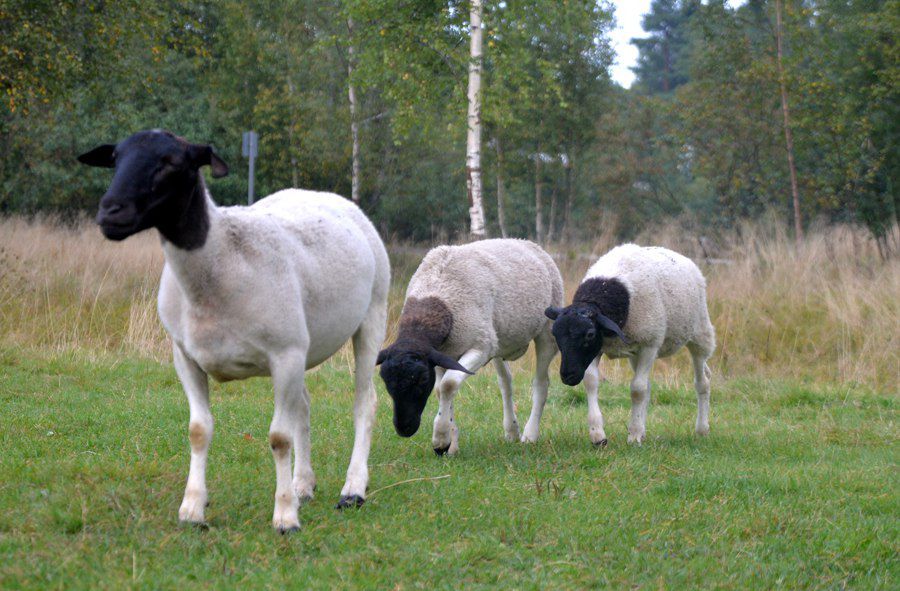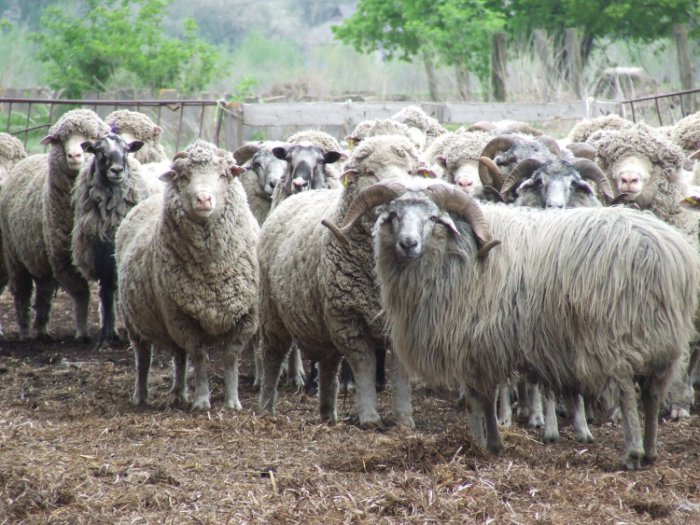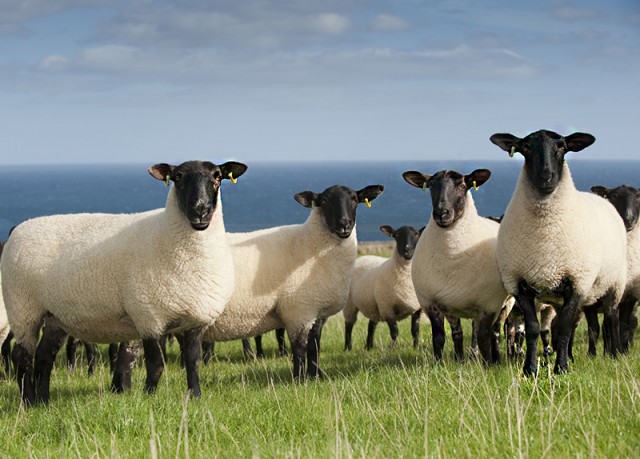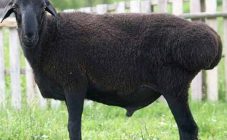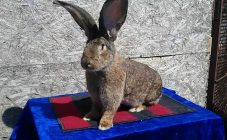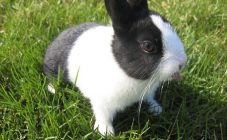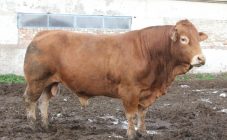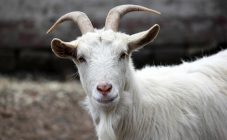One of the most popular livestock industries is sheep breeding. This trend was known as early as the Neolithic period. Since then, a huge variety of breeds have been bred, differing in exterior, adaptability to climatic conditions.
Sheep breeding is especially popular in the Russian Federation, as these animals provide the farmer with meat, milk, wool and skins. Both wool and skins are in the first place in terms of breadth of use as a basis for the manufacture of clothing, shoes and other products.
Breeding of dwarf sheep for decorative purposes is considered a new direction of sheep breeding. Such rams will delight the owner as a pet.
Initially, the direction of growing universal producers was popular. Currently, livestock breeders often keep animals specialized in a narrower direction.
How many breeds of sheep in Russia
On the territory of Russia, you can find over 60 varieties of rams of various directions. Currently, sheep are divided into meat, meat-lard, meat-wool and dairy breeds. Separately, among the meat and wool breeds, there is a division into fine-fleece, semi-fine-fleece, semi-coarse-haired and coarse-haired types.
The most popular sheep in Russia is considered to be the Romanov breed. The characteristics of individuals combine the best performance of all other representatives. The rams can weigh up to 100 kg. Ewes have high fertility rates. The breed is characterized by frequent multiple pregnancies. Each brood contains 3-5 lambs on average. The quality of the wool of the Romanov breed is on a par with the absolute leaders in this area - the Merino.
Meat direction
Sheep meat breeds are characterized by a high meat yield after slaughter. What is the name of sheep meat? The name of such meat is mutton. Representatives of the breed are fertile, quickly gain muscle mass. Usually, one individual gains up to 250 grams per day.
The weight of young lambs at 4 months can reach 40-60 kg. Adult meat rams usually weigh in the range of 100-150 kg. Females are lighter - up to 80 kg.
Such breeds of rams are unpretentious in care. The main food base for them is fresh green forage obtained in the process of grazing. In winter, silage, compound feed and root crops are good food. Special nutritional supplements can be given to spur the body to gain weight.
In addition, meat breeds are not demanding in terms of keeping conditions, they do not need careful supervision.
A significant drawback of representatives of the meat orientation is poor winter hardiness. Animals do not tolerate temperature changes in frosty weather.
One of the youngest breeds is the Tashlinskaya sheep. High palatability equates meat in taste with marbled beef. Representatives of the breed have pronounced meat forms. A young individual gains an average of 400 grams per day.
Katum sheep were bred in the 21st century in a place called Katum, in the Leningrad region. Smooth-haired by description, the breed is characterized by a high meat yield after slaughter. Sheep are large, with strong bones, have a wide chest and a hornless head. The average weight of the queens is 80 kg, the weight of the mutton is 110 kg. Katun lambs quickly gain weight and become sexually mature early.
The following breeds are popular in Russia: North Caucasian, Texel, Gorkovskaya, Tien Shan and Romney Marsh. Dorper sheep are beginning to gain popularity. Their low distribution is due to their high cost, since imports come from Europe. Having received the Dorper breeding ram, you can earn money on mating.
Dairy direction
The name of the direction itself does not accurately convey the meaning of the breed. Sheep milk is not very popular in its original form. In terms of quality indicators, it is much inferior to cow's milk. Most often, sheep's milk is used as a raw material for processing. For the most part, cheese is made from it. The more correct name for such breeds is smushkov-milk.
The skins of three to four-day-old lambs are called "smushka" The demand for such skins is very high. However, this is not the only source of income. Left without offspring, the lactating female continues to give milk. This allows you to profit from the sale of smushki and from the sale of milk.
Milk-bred pedigree sheep are distinguished by extremely high milk productivity. One ewe can give an average of 100 liters of milk. The most popular in Russia are Sokolsky, Karakulsky and Reshetilovsky sheep breeds.
Wool breeds
To obtain high quality wool, breeds of fine-wool sheep were bred. Altai, Askanian, Caucasian and Karakul breeds are popular among fine-wooled ones. The main reasons for their breeding are meat and wool. In appearance, such individuals are distinguished by large bones, long hair (up to 9 cm). One sheep can produce up to 12 kg of wool. Females tend to have a high litter size. Sheep are distinguished by large horns, strong body, covered with long hair. Animals are unpretentious to the surrounding conditions, which allows them to be raised in any region of Russia.
You can get high quality sheepskin from fur coat breeds. The most popular are the Romanov sheep. The sheepskin obtained from them is distinguished by high strength, lightness and beauty. Such material is appreciated for its good heat-shielding properties.
Mixed breeds
Semi-fine wool or meat-wool. Among them are the North Caucasian, Russian Longhair, Tsigai and Kuibyshev breeds. A striking feature of these sheep is the rapid weight gain. By six months, lambs have 60-70% of the weight of an adult. The coat can be either short or long. Individuals are distinguished by strong bones, large body sizes. For example, the Caucasian Sheep was popular in the 90s. The breed was distinguished by the high quality of the wool cover, while the rams reached a weight of 130 kg.
The ancestors of the Precos sheep are the merino Rambouillet. Strong constitution and average coat length, 8-10 cm, make the breed attractive both in the woolen direction and in the meat one. By the age of four months, lambs gain an average of 30 kg of weight.
Suffolk sheep have won a high value due to the level of productivity. Sheep weigh 140 kg, females - 100 kg. A distinctive feature, in addition to its outstanding weight, is its immunity to external and internal parasites.
Semi-coarse-wool sheep are a source, in addition to wool, also meat and lard products. An adult weighs 110 kg on average. In order to obtain wool, it is usually necessary to trim twice a year. From one sheep you can get 3-4 kg of wool, from a ram - 5-6 kg.Such wool is a valuable raw material for the production of high quality fabrics.
Coarse wool sheep are multifunctional. From them you can get milk, lard, meat and wool. These include the Edilbaevskys. Jayadar, Gissar, Tushinsky and Karachaevsky breeds. On average, one sheep can get 2-5 kg of wool at a time. The quality of the wool is very coarse. It is used to make carpets, felted shoes or outerwear.
Summing up, we can say that sheep breeding is an excellent, promising trade. Sheep are unpretentious animals that do not require much care. The taste of lamb makes sheep a popular agricultural crop for animals. The resulting milk is used on an industrial scale for the production of cheese. Sheared wool has good thermal insulation properties. Clothes made of fine-woolen sheep wool are distinguished by their lightness, softness and beauty. Wool from sheep with a coarse and hard cover is well suited for the production of carpets. Thus, you can select the right breed of sheep based on the intended use.

